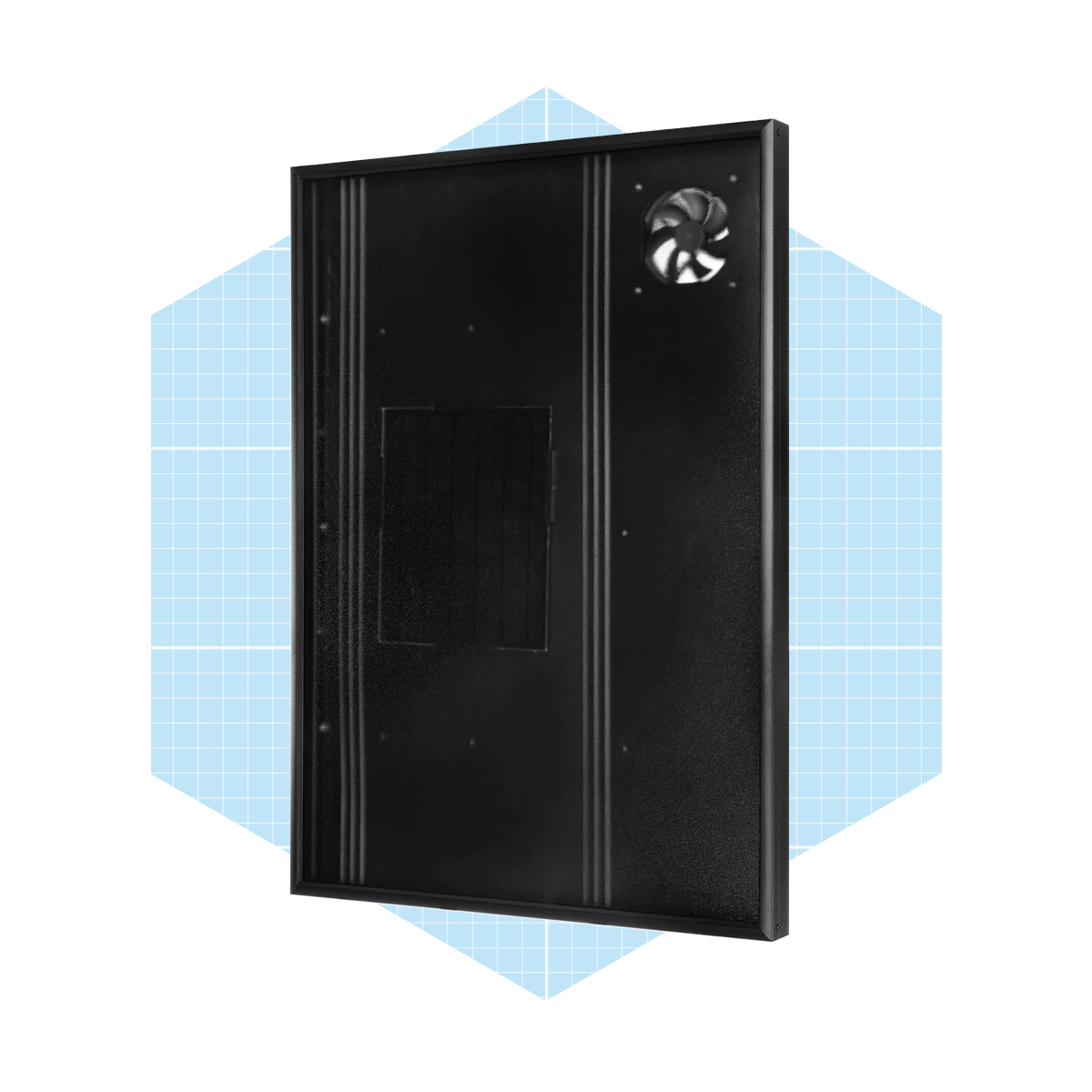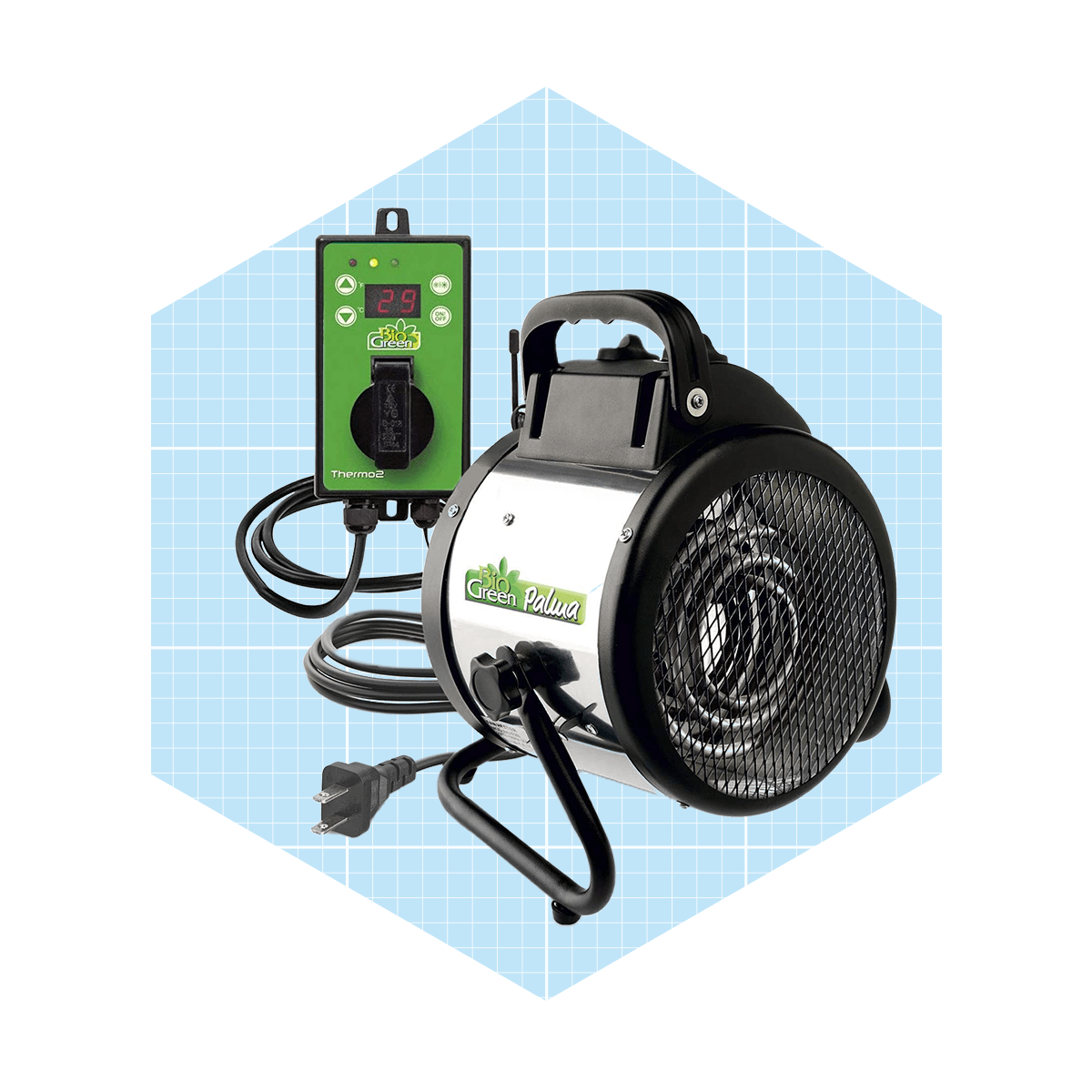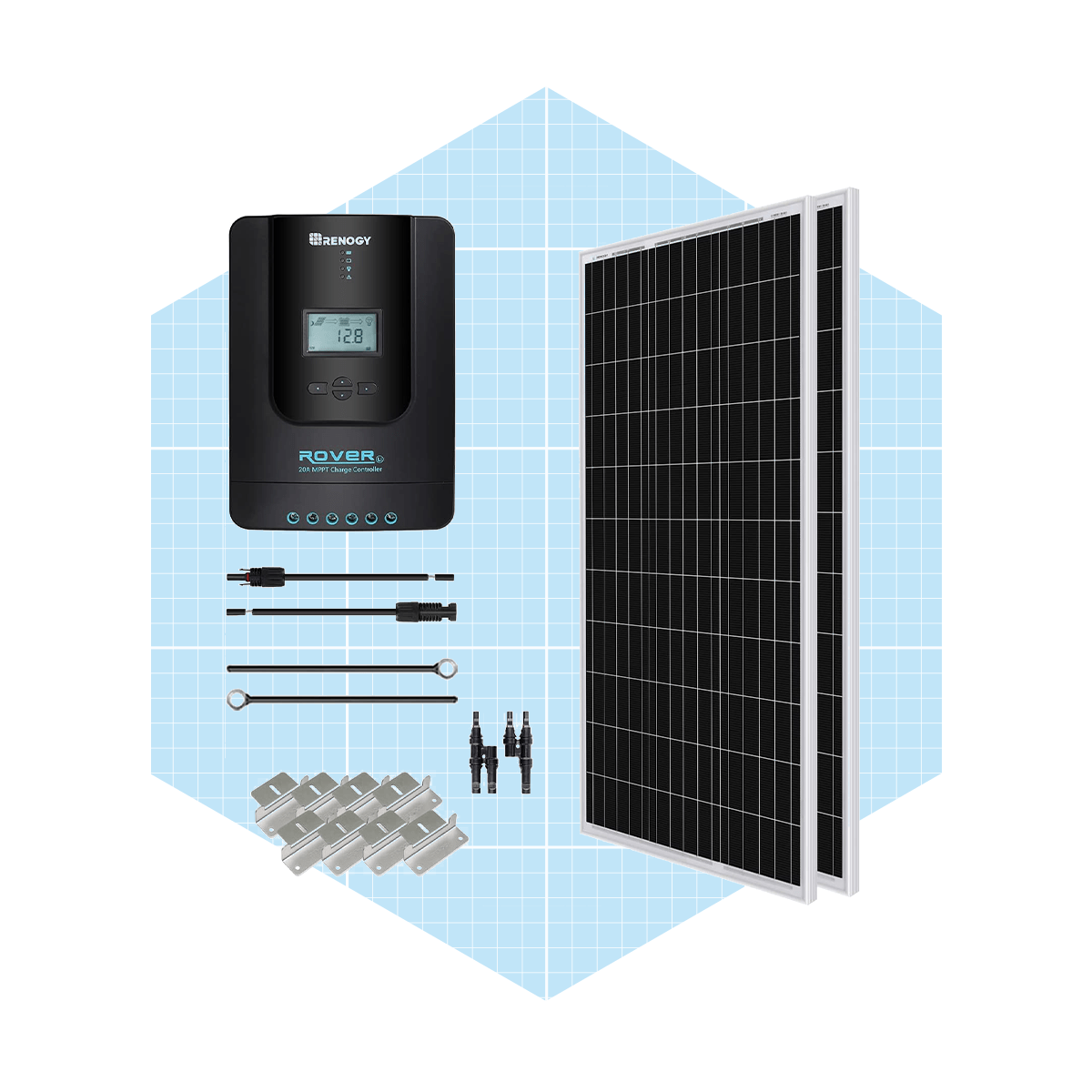As the co-owner of a California property that has never been tied to the electric grid, I can attest to the warm feeling of self-sufficiency that comes with a functioning solar power system.
We’ve learned a lot about the drawbacks of solar, however, especially when our system suffered a lightning strike. We had to rely on the generosity of our grid-tied neighbors for power while we made repairs. Solar power systems must be exposed to the elements, and that makes them vulnerable to damage.
One of the main limitations of solar is also one of the most obvious: The sun isn’t always shining. If you want electricity on cloudy days and at night, you have to store it in batteries or run a backup generator.
It’s a significant limitation when designing solar heating for a greenhouse, which needs heat the most when the sun isn’t out. Consequently, it’s best to regard solar heating as a supplement to other types of heating systems.
A few standalone products that could realistically be called solar greenhouse heaters are available, but most combine solar panels with electric space heaters. Standalone products work best in small spaces. For larger spaces, you’ll need a full-on solar array powering a heat pump or resistive heater.
What Is a Solar Greenhouse Heater?
A solar greenhouse heater converts the sun’s energy into thermal energy and distributes it. To do this, it needs collectors, which can be photovoltaic (PV) panels or solar heat absorption panels.
If you use PV panels, an electric heater typically converts the electrical power into heat. Efficient heaters with active air circulation are best for a solar setup. Solar heat absorption panels, on the other hand, produce heat directly and distribute it by convection or via a 12V circulation fan powered by an auxiliary PV panel.
If you opt for a PV collection system, you’ll probably need to buy the collectors and heater separately. And you’ll also need batteries or thermal mass storage.
A solar furnace is a simpler setup than a PV panel system, and it comes as a single unit. It consists basically of a black panel that heats up as it absorbs sunlight.
It takes in cold air from the greenhouse, circulates it around the panel and releases the heated air back into the greenhouse. Because hot air rises, the cold air intake is at the bottom of the panel and the hot air vent at the top. Air circulates naturally by convection. Adding a fan improves circulation and heating.
What To Consider When Buying a Solar Greenhouse Heater
Practically speaking, heating a greenhouse entirely with solar is impractical unless you include some way to store energy. Solar heaters lower the costs of running existing gas or electric heaters. When shopping for a solar heater, consider the following:
- The size of the greenhouse: A large space requires more heat, which means more panels (or more efficient ones) and bigger heaters. If you have a PV system, panels with monocrystalline (instead of polycrystalline) cells will provide better heating efficiency, but they’re more expensive.
- The purpose of the greenhouse: You need lots of heat to grow tropical plants in a cold winter climate. You probably don’t need as much if you’re only starting seeds early in the spring.
- Available space for panels: You need clear, south-facing space near the greenhouse to set up PV or heat-absorbing panels. Panels can’t be on the greenhouse roof or they’ll block the light.
Types of Solar Greenhouse Heaters
There’s an age-old trick to keeping greenhouses warm at night — deploying barrels of water in sunny locations where they heat up during the day and radiate that heat at night. That’s the easy DIY solution. Commercial systems offer at least three options:
- PV panels: These convert the sun’s energy to electricity, which powers a space heater.
- Solar furnaces: Typically deployed in the greenhouse walls, the panels absorb sunlight and heat the air inside the greenhouse.
- Hot water panels: Solar absorption panels heat water that’s pumped through pipes in the greenhouse floor or walls.
Pros and Cons of Solar Greenhouse Heaters
These mirror the pros and cons of solar power generation systems in general:
Pros
- You get free energy and heat!
Cons
- Energy is only available when the sun is out. You’ll need a storage system or back-up heating for nighttime and cloudy days.
- Panels can be difficult to install, depending on the configuration of the greenhouse and the property.
- Panels need to be cleaned periodically. That means clearing off snow, too.
Three Top Solar Greenhouse Heaters
The two most practical options are a PV system, requiring panels and a space heater, or a solar furnace. Here are some of the best market options for constructing either system:

Best solar furnace
On a sunny day, the Nakoair Solar Air Collector can pump air into the greenhouse 40 to 85 degrees warmer than the outdoor air. It has its own circulation pump powered by a PV panel incorporated into the device. The unit comes with a thermostat and can be used for ventilation as well as heating.

Best electric greenhouse heater
The Bio Green PAL Greenhouse Heater consumes 1,500 watts of 120-volt power, the same as most other space heaters. It puts out 5,118 Btu of heat, enough to warm 120 square feet of greenhouse space.
To use this as part of a solar heating system, you’ll need a PV panel array and an inverter to convert direct current (DC) from the panels to alternating current (AC) for the heater.

Best PV panel for greenhouse heating
The Renology 200W Solar Starter Kit features a high-efficiency monocrystalline panel and all the mounting brackets you need. You can use this panel to charge a battery pack that will run an electric heater like the Bio Green PAL above. The kit includes a 20A charge controller that prevents overcharging any batteries you connect.
Did you miss our previous article...
https://rsssuperfeeds.com/life-hacks/tired-of-tile-these-backsplash-alternatives-create-a-unique-kitchen






